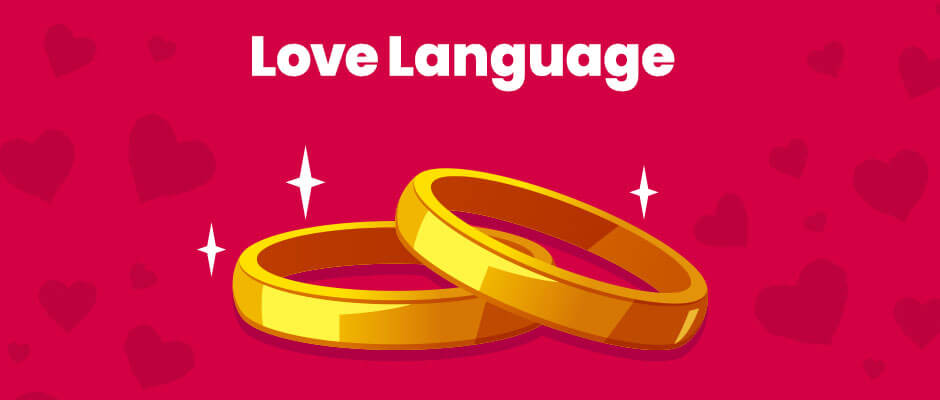Whether grand or intimate, every wedding has its own story, a blend of tradition and personal touches which reflects a couple’s journey together. One of the happiest occasions that happens in a family is a wedding, which incidentally comes from the Old English weddian ‘to pledge to do something’.
The original Old English word for the ceremony was bridelope or ‘bridal run’, referring to the ancient practice of escorting the bride to her new home – one modern spin on this custom sees newlyweds tying tin cans to the back of their car to create a clamorous serenade and a memorable exit.
The word bride, meaning ‘newly married woman’, comes from bru ‘to cook, brew, make broth’ because, in the past, a married woman went to live with her husband’s family and these tasks were considered to be the daughter-in-law’s job. Bridegroom comes from the Old English brydguma ‘suitor’, groom of course meaning ‘a male servant who attends to horses’.
Wife, from OE wif, was a general word for ‘woman’ (as in ‘midwife’ or ‘old wives’ tale’) and eventually became ‘mistress of a household’, while husband comes from husbonda, itself derived from hus ‘house’ and bondi ‘occupier and tiller of the soil’.
The term honeymoon has a deceptively sweet origin. It first appeared in English in the 16th century, alluding to the period of joy following a marriage, much like the glow of a full moon. But there’s also a hint of warning here – the ‘moon’ part suggests that this phase may be fleeting, gradually fading as the realities of married life set in. Over time, honeymoon evolved to refer not just to post-wedding bliss but to the holiday couples take together after tying the knot, symbolising the start of their new life together.
Happy Puzzling!




Recent Comments